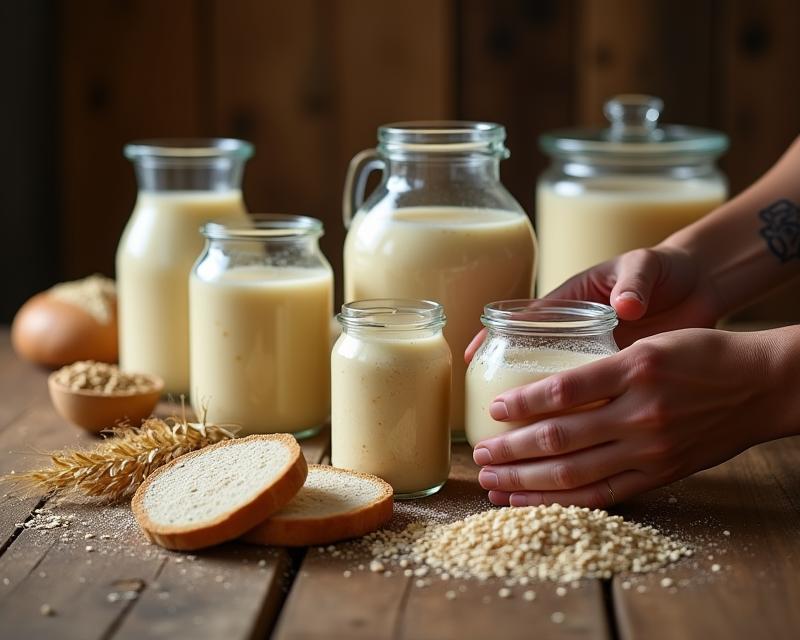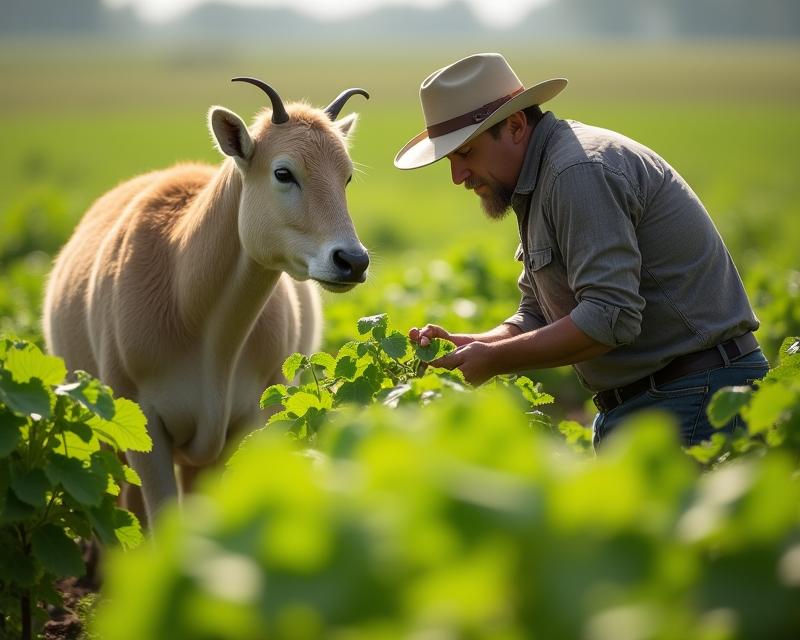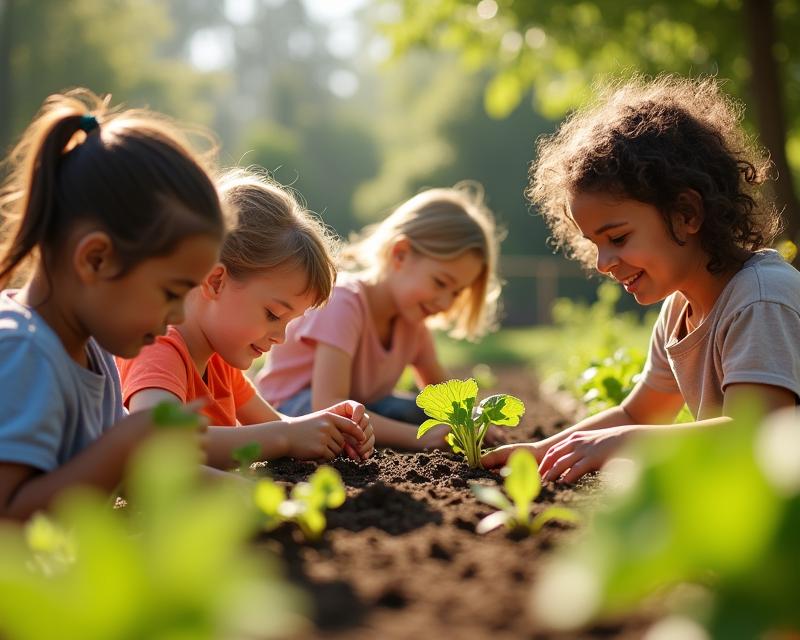Fermenting Grains: A Farmer's Guide
Publish in Sustainable Farming el 03/07/2025 17:17
Unlock Flavor & Preservation: Home Grain Fermentation
Hey farmers and gardeners! Ever thought about harnessing the power of fermentation right on your farm? It's a fantastic way to preserve crops, create unique flavors, and even boost the nutritional value of your staples. Fermenting grains might sound intimidating, but it's surprisingly accessible and a rewarding skill to learn. This guide will walk you through the basics of making sourdough, beer, and porridge starters – opening up a whole new world of culinary possibilities.

What is Grain Fermentation?
At its core, fermentation is a natural process where microorganisms like bacteria and yeast break down carbohydrates (starches) in grains. This process creates acids, gases, and alcohols, which not only preserve the grain but also develop complex and delicious flavors. Think of it as a way to extend the life of your harvest and transform simple ingredients into something extraordinary. It's a practice with ancient roots, used for centuries to preserve food and create beloved dishes.
Getting Started: Sourdough Starter
Let's start with sourdough, a cornerstone of many cultures! A sourdough starter is a living culture of wild yeasts and bacteria found naturally in flour and the air. To create one, simply mix equal parts of whole wheat flour and water in a clean jar. Feed it daily with the same ratio, discarding some of the mixture before adding fresh flour and water. Over a week or two, you'll see bubbles forming – a sign that your starter is becoming active. Once bubbly and doubling in size after feeding, it's ready to bake with! Sourdough adds a tangy depth to breads, pancakes, and even pizza dough. It’s a great way to use up surplus grains and create something truly special.
Beyond Bread: Beer & Porridge Starters
The principles are similar for beer and porridge starters. For beer, you'll use a specific grain bill (a mix of grains) and yeast to create the fermentation process that produces alcohol. While this requires a bit more equipment, the reward of brewing your own beer is immense! Porridge starters are a simple way to enhance the flavor and digestibility of oats. Similar to sourdough, you’ll mix oats and water, feeding it regularly to encourage the growth of beneficial bacteria. The resulting porridge has a naturally tangy flavor and improved nutrient absorption. Experiment with different grain types – rye, barley, and even corn – to discover your favorite flavor profiles.
Tips for Success
- Cleanliness is key: Use clean jars and utensils to prevent unwanted bacteria from interfering with the fermentation process.
- Temperature matters: Most starters thrive in a warm environment (around 70-75°F).
- Patience is a virtue: Fermentation takes time! Don't rush the process.
- Observe and learn: Pay attention to the changes in your starter – the bubbles, the smell, the texture. This will help you understand what's happening and troubleshoot any issues.
Home grain fermentation is a journey of discovery. It's a chance to connect with your food, preserve your harvest, and explore the rich history of culinary traditions. So, grab some grains, a jar, and a little patience, and start fermenting!





